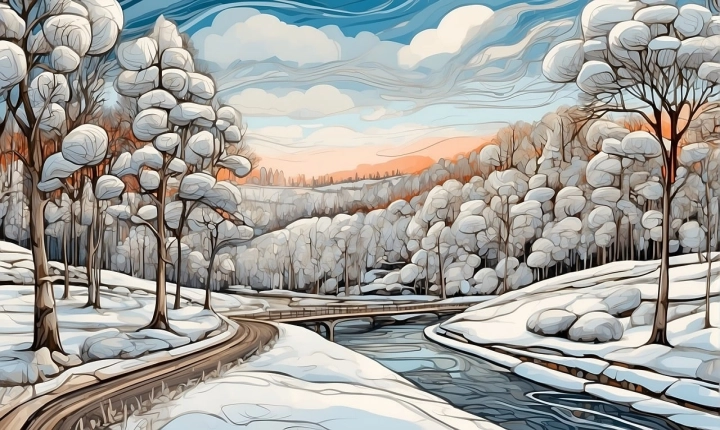Title: The Art and Science of Making AI Artwork
Artificial Intelligence (AI) has made significant contributions to diverse fields, and art is no exception. The integration of AI in the creation of artwork has opened up new possibilities and creative avenues for artists and enthusiasts alike. With the help of AI tools and techniques, individuals can generate stunning pieces of art that transcend traditional boundaries. In this article, we will explore the process of making AI artwork and the various tools and methods that can be utilized to create visually stunning and thought-provoking pieces of art.
One of the primary methods used to create AI artwork is through the use of Generative Adversarial Networks (GANs). GANs are a type of neural network architecture that consists of two networks – a generator and a discriminator. The generator network is responsible for creating new images based on input data, while the discriminator network evaluates the generated images to determine if they are real or fake. Through an iterative process, GANs can produce realistic and visually captivating artwork that blurs the lines between human-made and AI-generated creations.
Furthermore, style transfer algorithms have gained popularity in the realm of AI artwork creation. These algorithms use deep learning techniques to transfer the artistic style of one image to another, resulting in visually compelling and unique compositions. By leveraging style transfer algorithms, artists can infuse their work with different artistic styles, textures, and visual elements, creating a fusion of traditional and contemporary art forms.
In addition to GANs and style transfer algorithms, neural style transfer and deep neural networks are also widely used in the creation of AI artwork. Neural style transfer involves merging the content of one image with the style of another, resulting in a visually striking and harmonious composition. Deep neural networks, on the other hand, can be trained to recognize and generate artwork based on specific artistic styles and patterns, allowing for the creation of diverse and evocative pieces of art.
Furthermore, there are various AI-powered tools and platforms that enable individuals to create artwork without extensive knowledge of programming or machine learning. These tools offer user-friendly interfaces and pre-trained models, allowing artists to generate stunning artwork with minimal effort. These platforms provide a plethora of features, including style transfer, image manipulation, and content generation, empowering users to explore their creativity and produce captivating visual art.
Moreover, the integration of AI in the art-making process has sparked a new wave of artistic exploration and experimentation. Artists and creators are leveraging AI tools to push the boundaries of traditional art forms, enabling them to explore new styles, techniques, and visual narratives. The collaboration between humans and AI in the creation of artwork has resulted in a fascinating interplay of artistic expression and computational creativity, paving the way for innovative and thought-provoking pieces of art.
Ultimately, the process of making AI artwork involves a harmonious blend of technology, creativity, and artistic vision. By harnessing the power of AI tools and algorithms, individuals can unlock a world of artistic possibilities and create visually captivating and conceptually rich artwork. As AI continues to evolve, the realm of AI artwork is poised to expand and inspire a new generation of artists, pushing the boundaries of what is possible in the world of visual expression.
